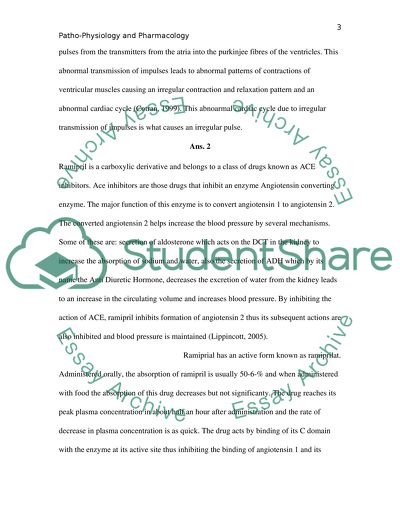Cite this document
(“Pathophysiology and Pharmacology Essay Example | Topics and Well Written Essays - 2250 words”, n.d.)
Pathophysiology and Pharmacology Essay Example | Topics and Well Written Essays - 2250 words. Retrieved from https://studentshare.org/nursing/1635219-pathophysiology-and-pharmacology
Pathophysiology and Pharmacology Essay Example | Topics and Well Written Essays - 2250 words. Retrieved from https://studentshare.org/nursing/1635219-pathophysiology-and-pharmacology
(Pathophysiology and Pharmacology Essay Example | Topics and Well Written Essays - 2250 Words)
Pathophysiology and Pharmacology Essay Example | Topics and Well Written Essays - 2250 Words. https://studentshare.org/nursing/1635219-pathophysiology-and-pharmacology.
Pathophysiology and Pharmacology Essay Example | Topics and Well Written Essays - 2250 Words. https://studentshare.org/nursing/1635219-pathophysiology-and-pharmacology.
“Pathophysiology and Pharmacology Essay Example | Topics and Well Written Essays - 2250 Words”, n.d. https://studentshare.org/nursing/1635219-pathophysiology-and-pharmacology.


